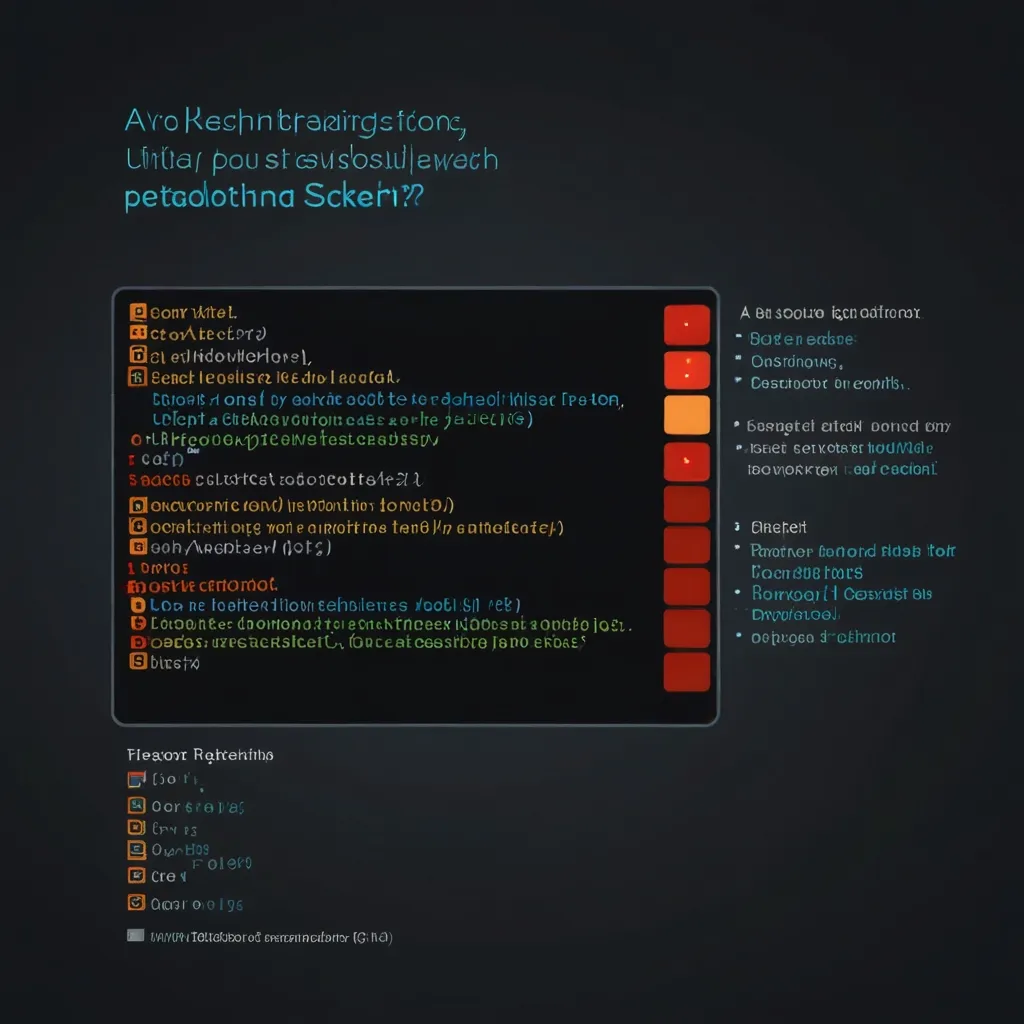Alright, let’s break things down and make it as casual and engaging as possible. We’re talking about making Python code reliable and maintainable by enforcing class interfaces, even though Python doesn’t have traditional interfaces like some other languages. Instead, we get to play with abstract base classes (ABCs) and protocols. So, let’s dive into this!
So, what’s the deal with abstract base classes? Think of them as blueprints for other classes. They help you define methods that must be implemented by any subclass, ensuring a consistent API across different implementations. This is super handy when designing large functional units or wanting a common interface for different components.
Here’s how it works: you use the abc module to create an abstract base class. Check out this example:
from abc import ABC, abstractmethod
class Shape(ABC):
@abstractmethod
def area(self):
pass
class Rectangle(Shape):
def __init__(self, width, height):
self.width = width
self.height = height
def area(self):
return self.width * self.height
rectangle = Rectangle(10, 20)
print(rectangle.area()) # Output: 200
In this snippet, Shape is our abstract base class with an abstract method area. The Rectangle class inherits from Shape and must implement the area method. This setup ensures any subclass of Shape will come with an area method, making the code predictable and reliable.
Moving on, abstract base classes aren’t just hollow shells. They can contain both abstract and concrete methods, which adds versatility. Here’s a neat example mixing abstract and concrete methods:
from abc import ABC, abstractmethod
class Vehicle(ABC):
def __init__(self, brand, model):
self.brand = brand
self.model = model
def display_details(self):
print(f"Brand: {self.brand}, Model: {self.model}")
@abstractmethod
def start_engine(self):
pass
class Car(Vehicle):
def start_engine(self):
return "Car engine started"
car = Car("Toyota", "Corolla")
car.display_details() # Output: Brand: Toyota, Model: Corolla
print(car.start_engine()) # Output: Car engine started
Here, Vehicle is an abstract base class with a concrete method display_details and an abstract method start_engine. The Car class inherits from Vehicle and implements the start_engine method.
Now, let’s chat about protocols. They’re part of the typing module and were introduced in Python 3.8. Protocols allow more flexibility in defining interfaces. Imagine this:
from typing import Protocol
class Movable(Protocol):
def move(self) -> None:
...
class Car:
def move(self) -> None:
print("Car is moving")
def make_it_move(movable: Movable) -> None:
movable.move()
car = Car()
make_it_move(car) # Output: Car is moving
In this case, Movable is a protocol defining a move method. The Car class implements this method, and the make_it_move function can accept any object complying with the Movable protocol.
So, when should you use abstract base classes? They’re particularly useful when:
- Working on large projects where consistent API across components is crucial.
- Designing systems with third-party implementations to ensure adherence to a specific interface.
- Encouraging code reuse by defining common interfaces that subclasses can implement in their own unique way but must stick to the defined interface.
And when to use protocols? Here’s when they come in handy:
- Aligning with Python’s duck typing philosophy by allowing checks if objects support a certain interface without needing explicit inheritance.
- Similar to structural typing in Go, focusing on an object’s structure rather than inheritance hierarchy.
- Performing dynamic checks at runtime to verify if an object supports a certain interface.
Let’s consider a real-world example where we might use abstract base classes. Suppose we’re building a system that handles different types of payment methods like credit cards, PayPal, and bank transfers.
from abc import ABC, abstractmethod
class PaymentMethod(ABC):
@abstractmethod
def make_payment(self, amount).
pass
@abstractmethod
def get_balance(self):
pass
class CreditCard(PaymentMethod):
def __init__(self, card_number, balance):
self.card_number = card_number
self.balance = balance
def make_payment(self, amount):
if amount <= self.balance:
self.balance -= amount
print(f"Payment of {amount} made using credit card {self.card_number}")
else:
print("Insufficient balance")
def get_balance(self):
return self.balance
class PayPal(PaymentMethod):
def __init__(self, account_id, balance):
self.account_id = account_id
self.balance = balance
def make_payment(self, amount):
if amount <= self.balance:
self.balance -= amount
print(f"Payment of {amount} made using PayPal account {self.account_id}")
else:
print("Insufficient balance")
def get_balance(self):
return self.balance
def process_payment(payment_method: PaymentMethod, amount):
payment_method.make_payment(amount)
print(f"Remaining balance: {payment_method.get_balance()}")
credit_card = CreditCard("1234-5678-9012-3456", 1000)
paypal = PayPal("[email protected]", 500)
process_payment(credit_card, 200)
process_payment(paypal, 300)
In this scenario, PaymentMethod is an abstract base class defining make_payment and get_balance methods. The CreditCard and PayPal classes implement these methods, and the process_payment function can work with any object conforming to the PaymentMethod interface, enhancing flexibility and maintainability.
To wrap things up, enforcing class interfaces in Python is key to writing reliable and maintainable code. Abstract base classes and protocols are powerful tools to achieve this. By using abstract base classes, you ensure a common interface across subclasses, while protocols offer flexible, runtime-checked interfaces.
Choosing between abstract base classes and protocols boils down to your needs. For stringent interfaces in large projects, abstract base classes are the go-to. For flexibility and dynamic checks, protocols are your best bet. Using these tools effectively helps write robust, scalable code, keeping your projects consistent and reliable.






